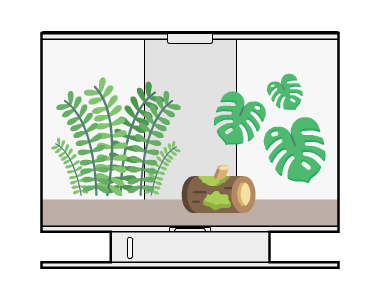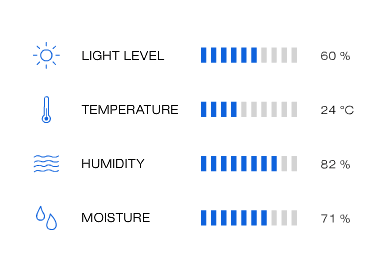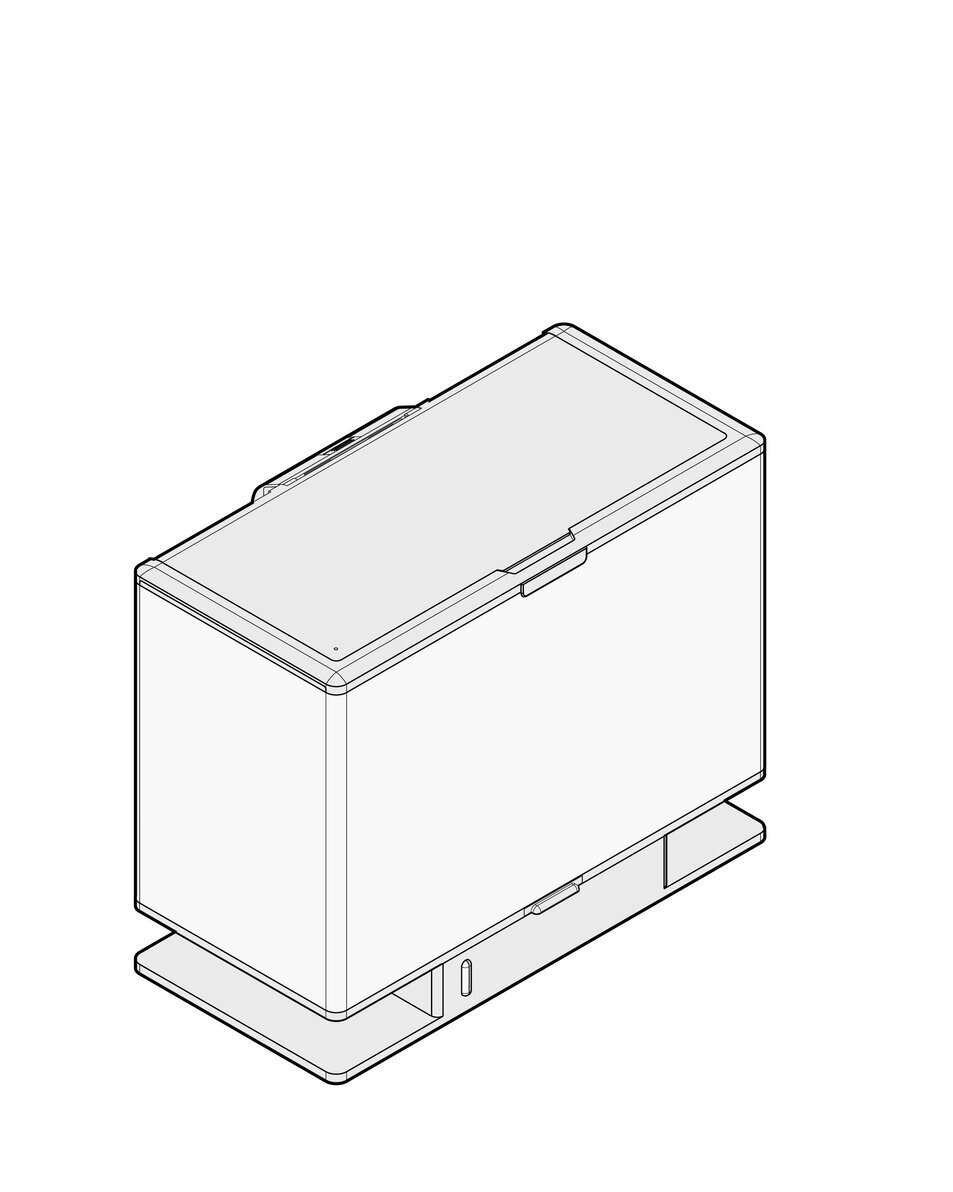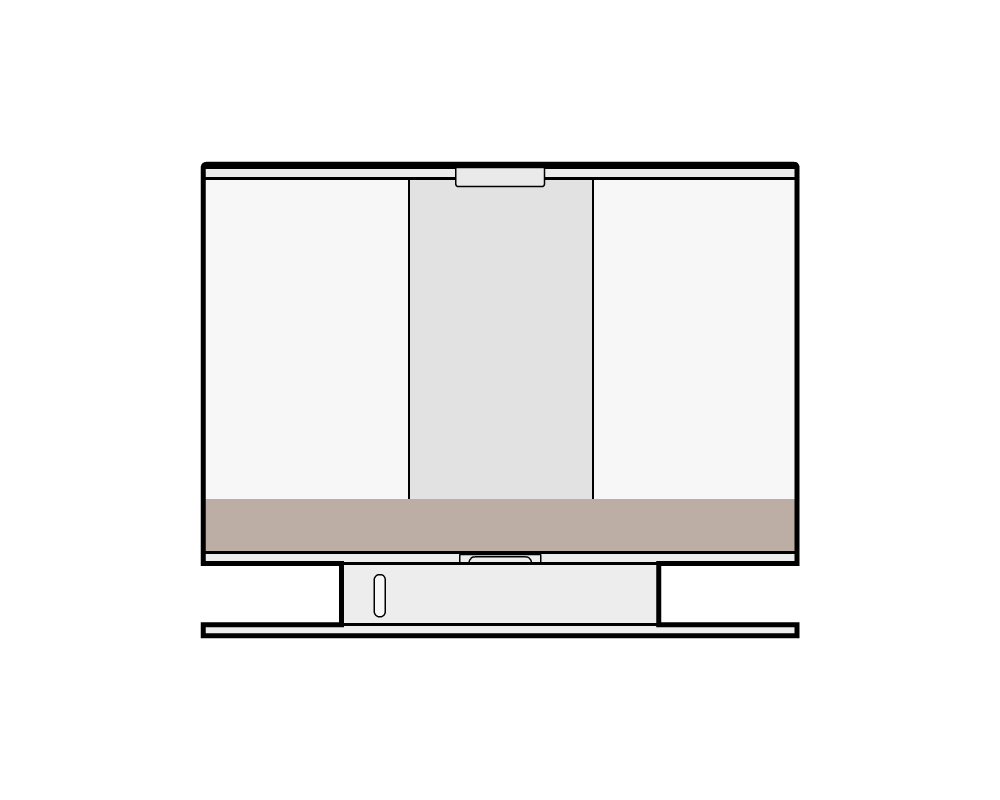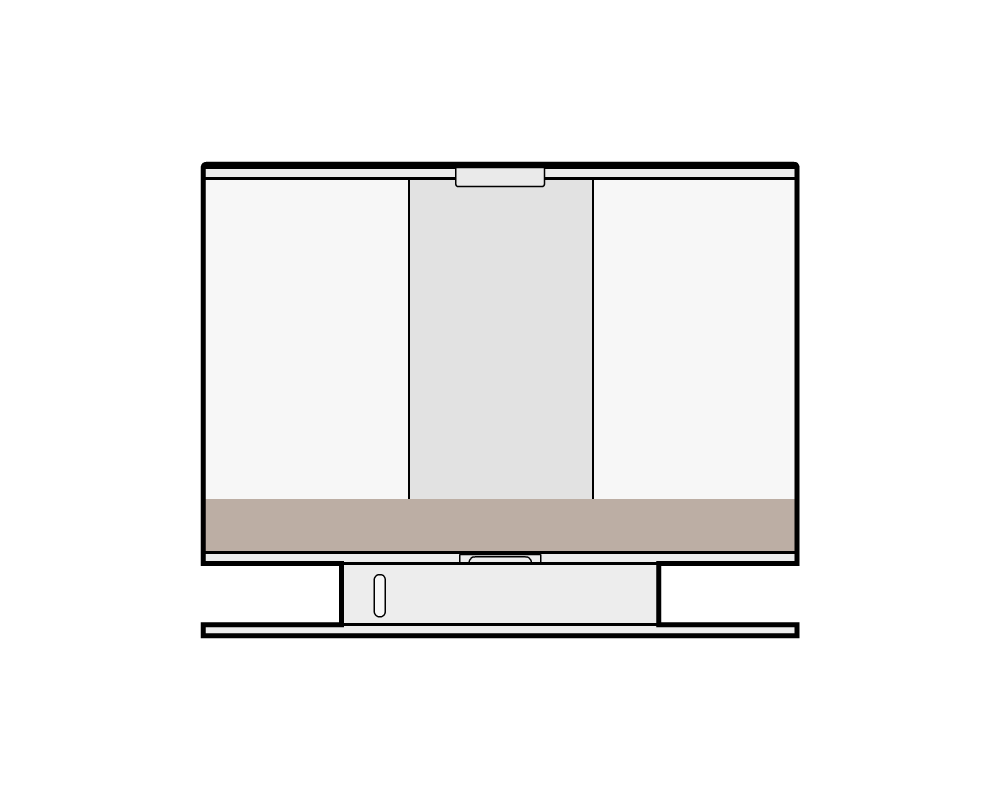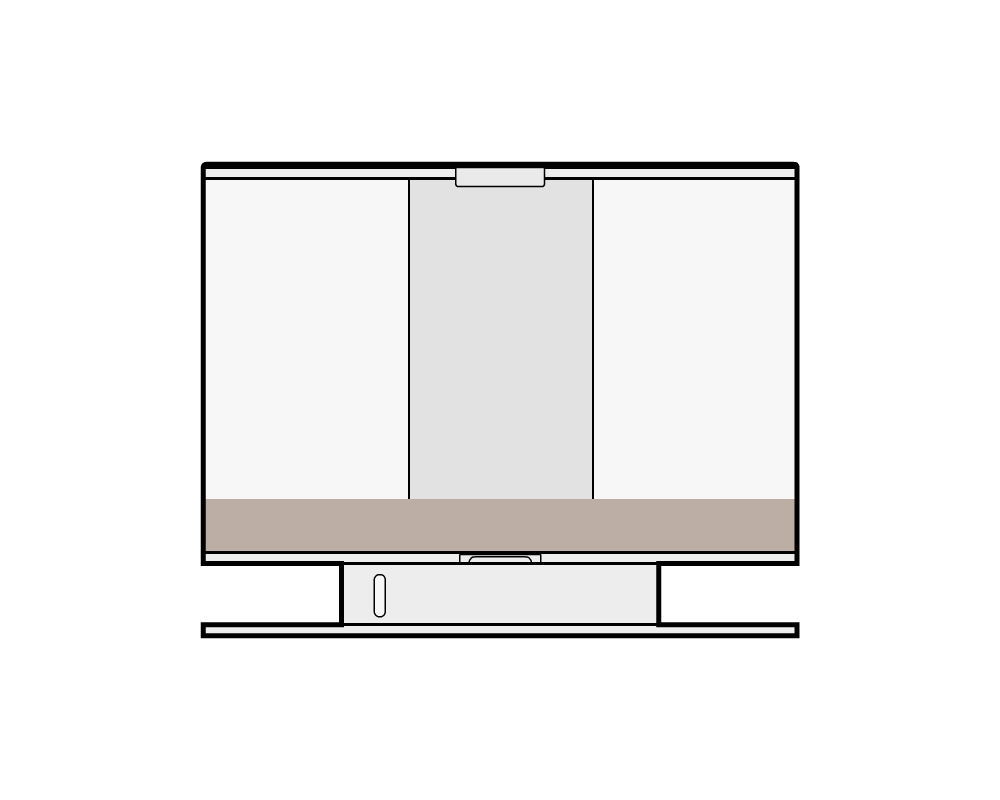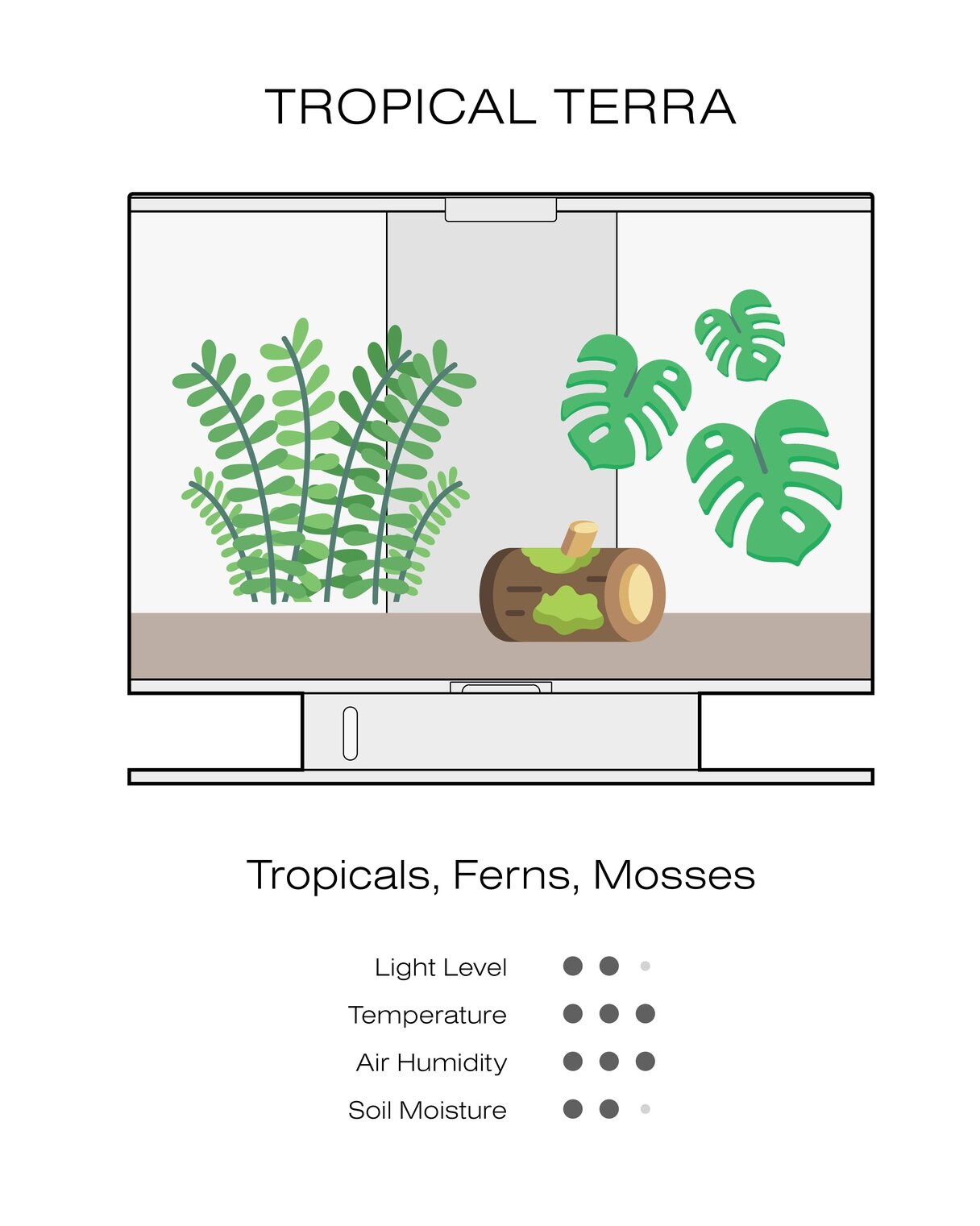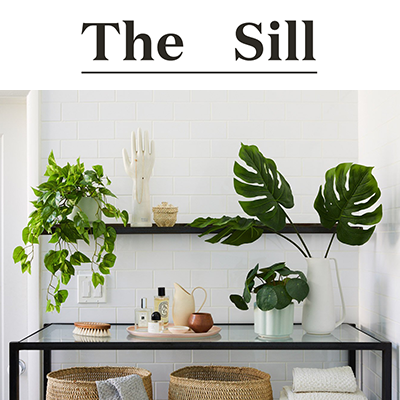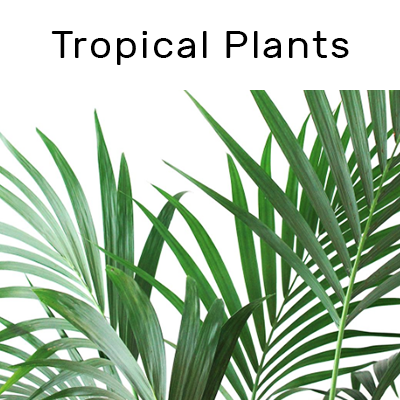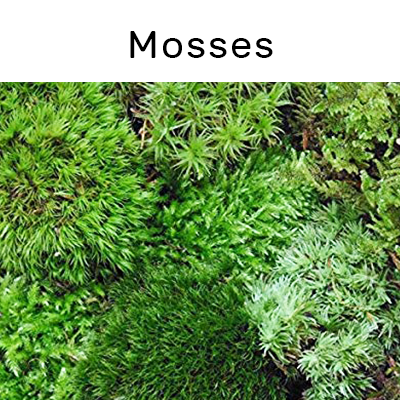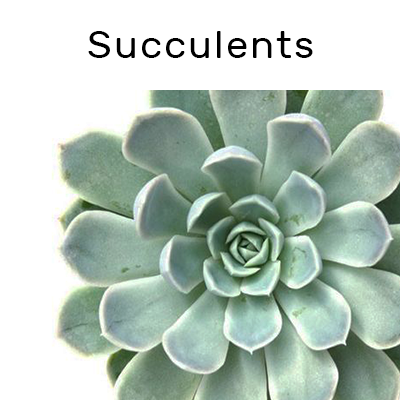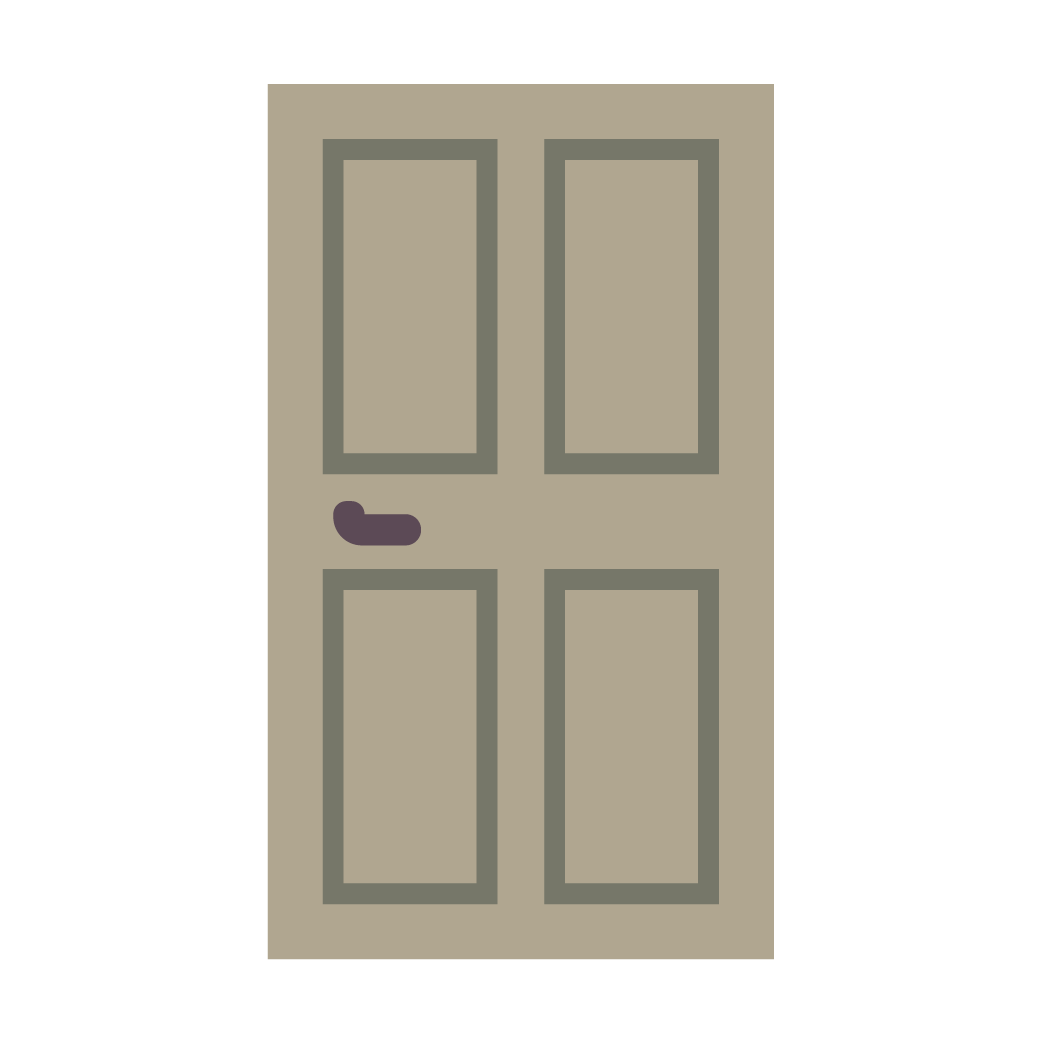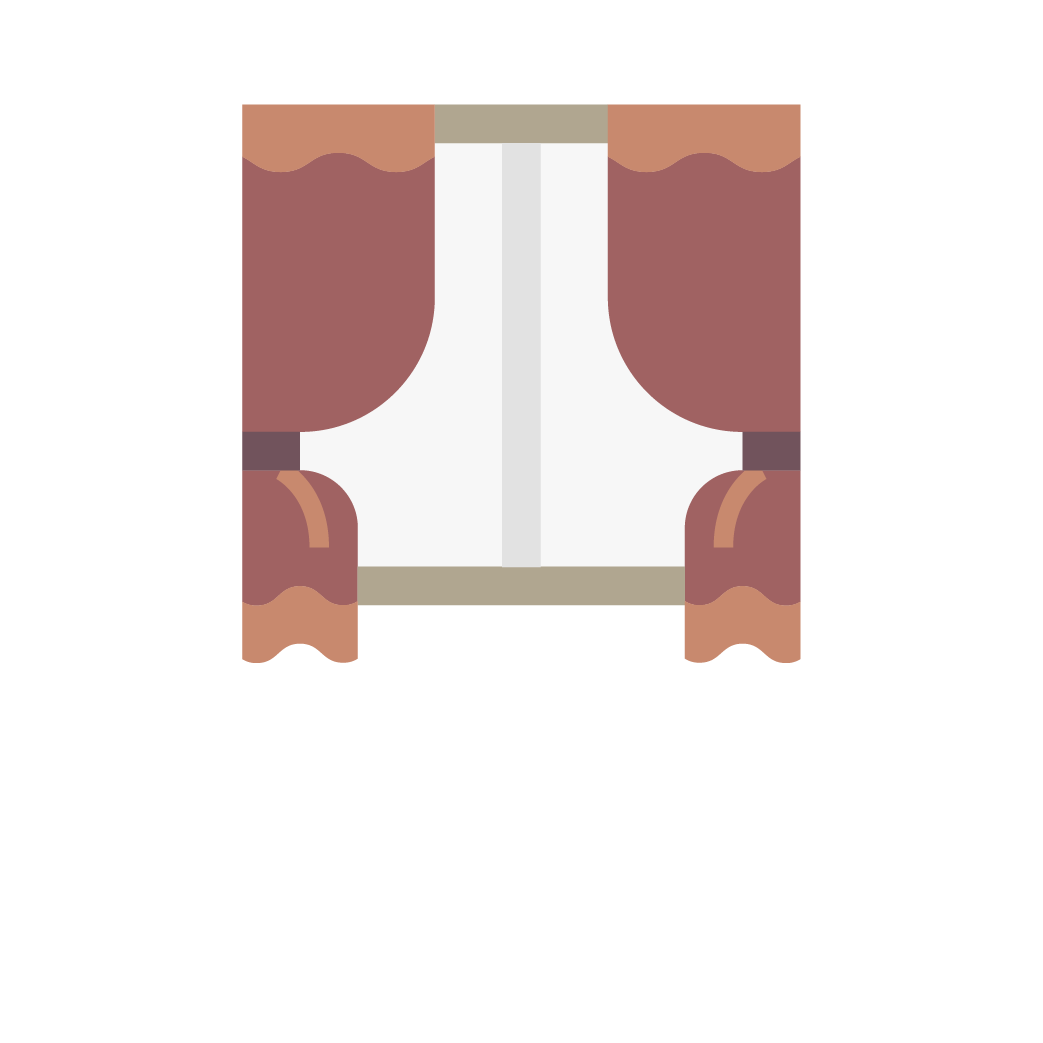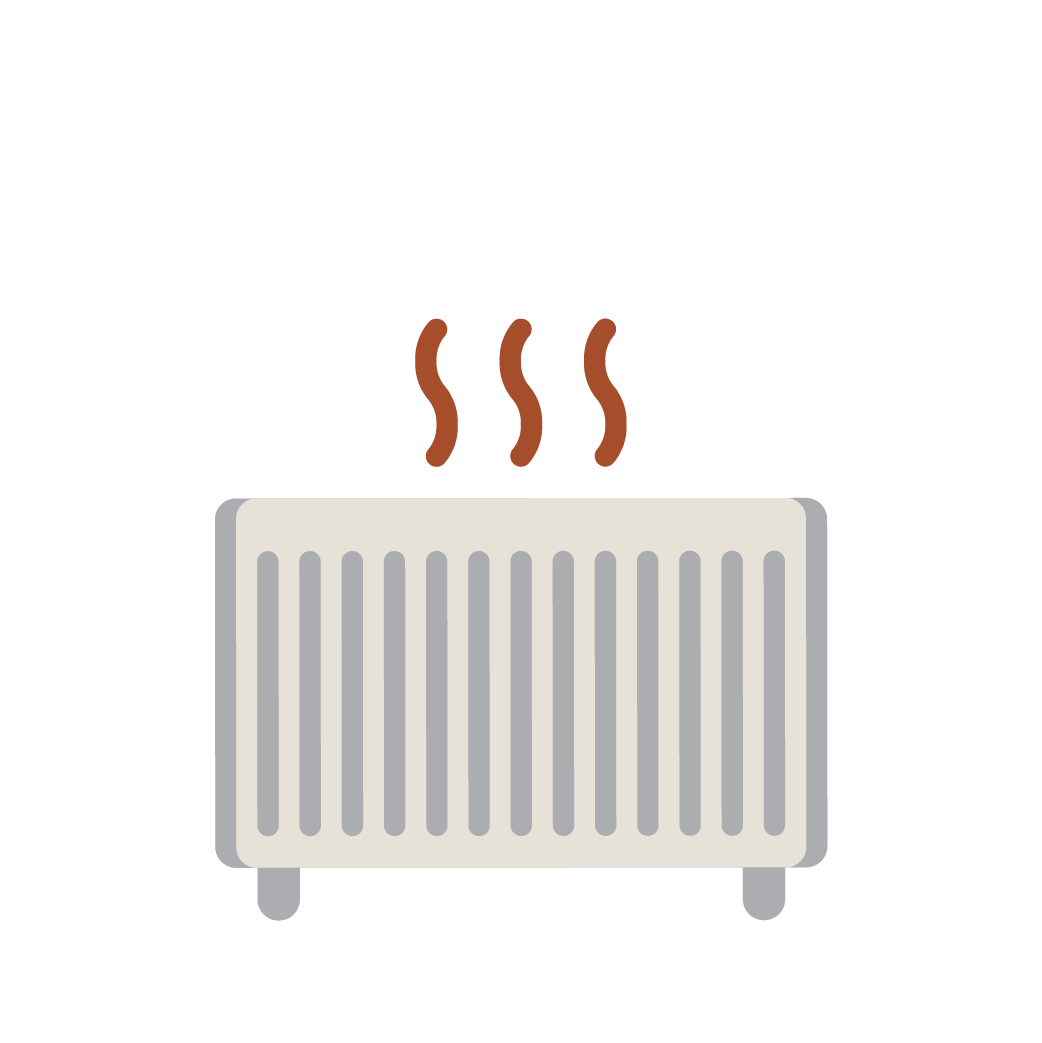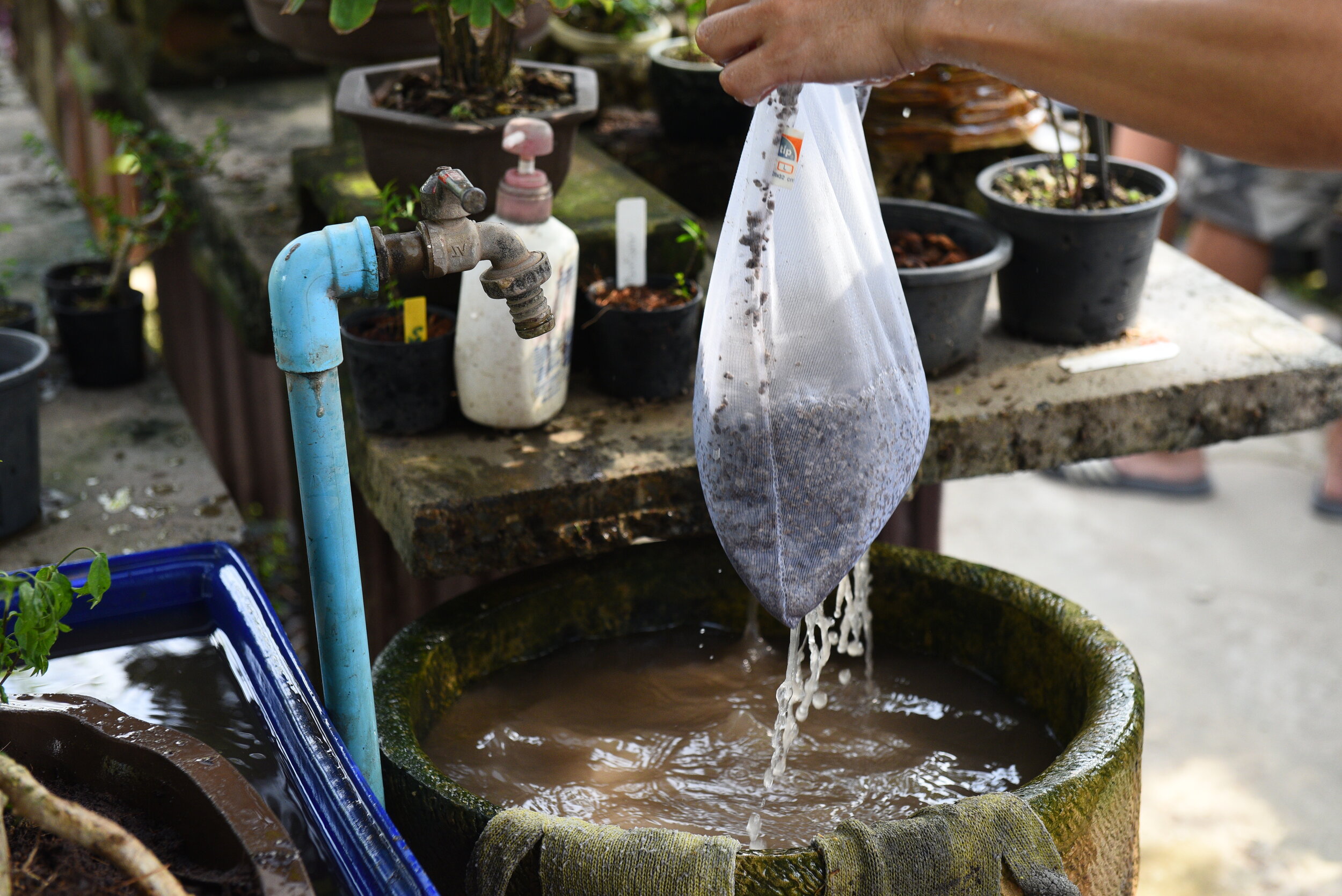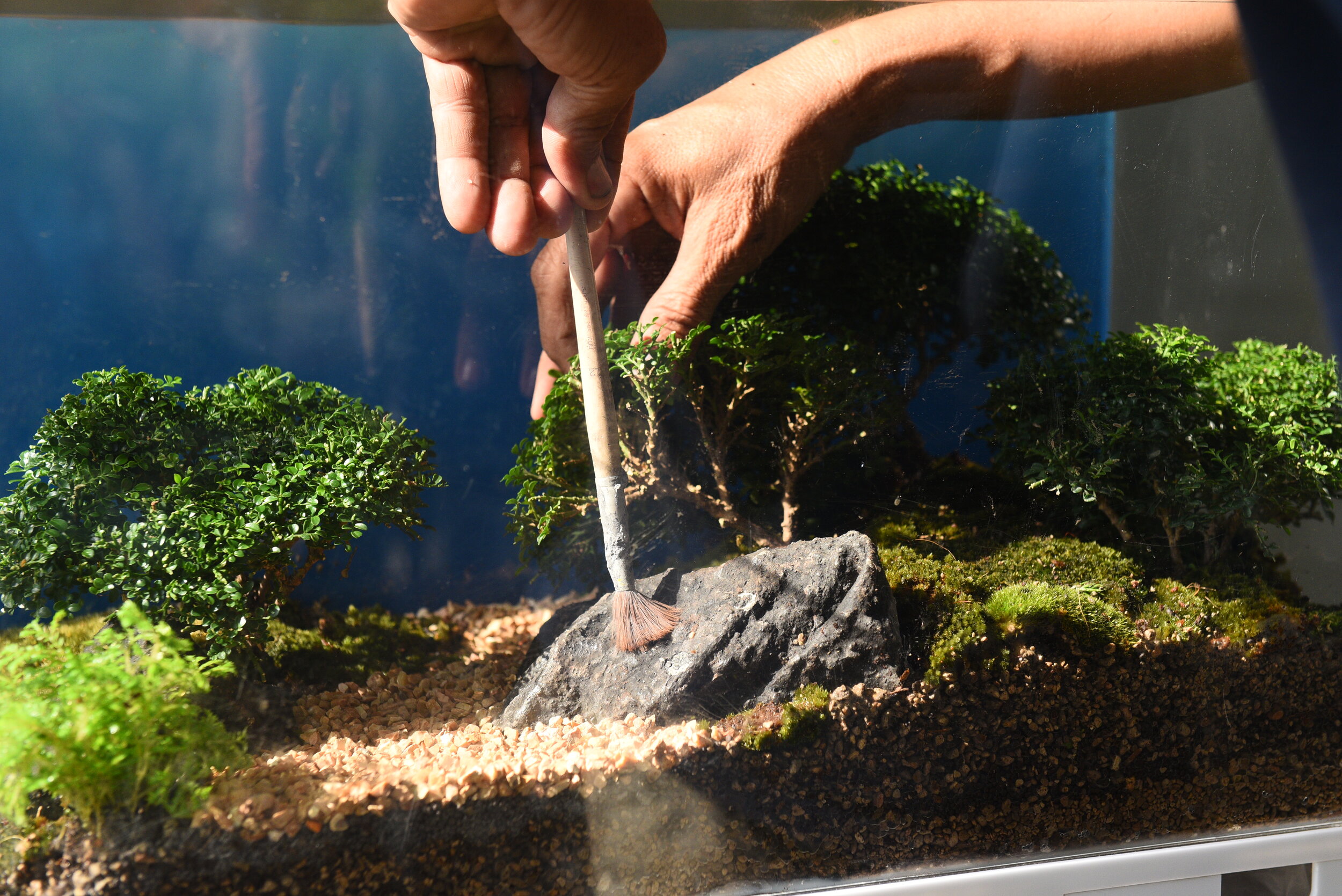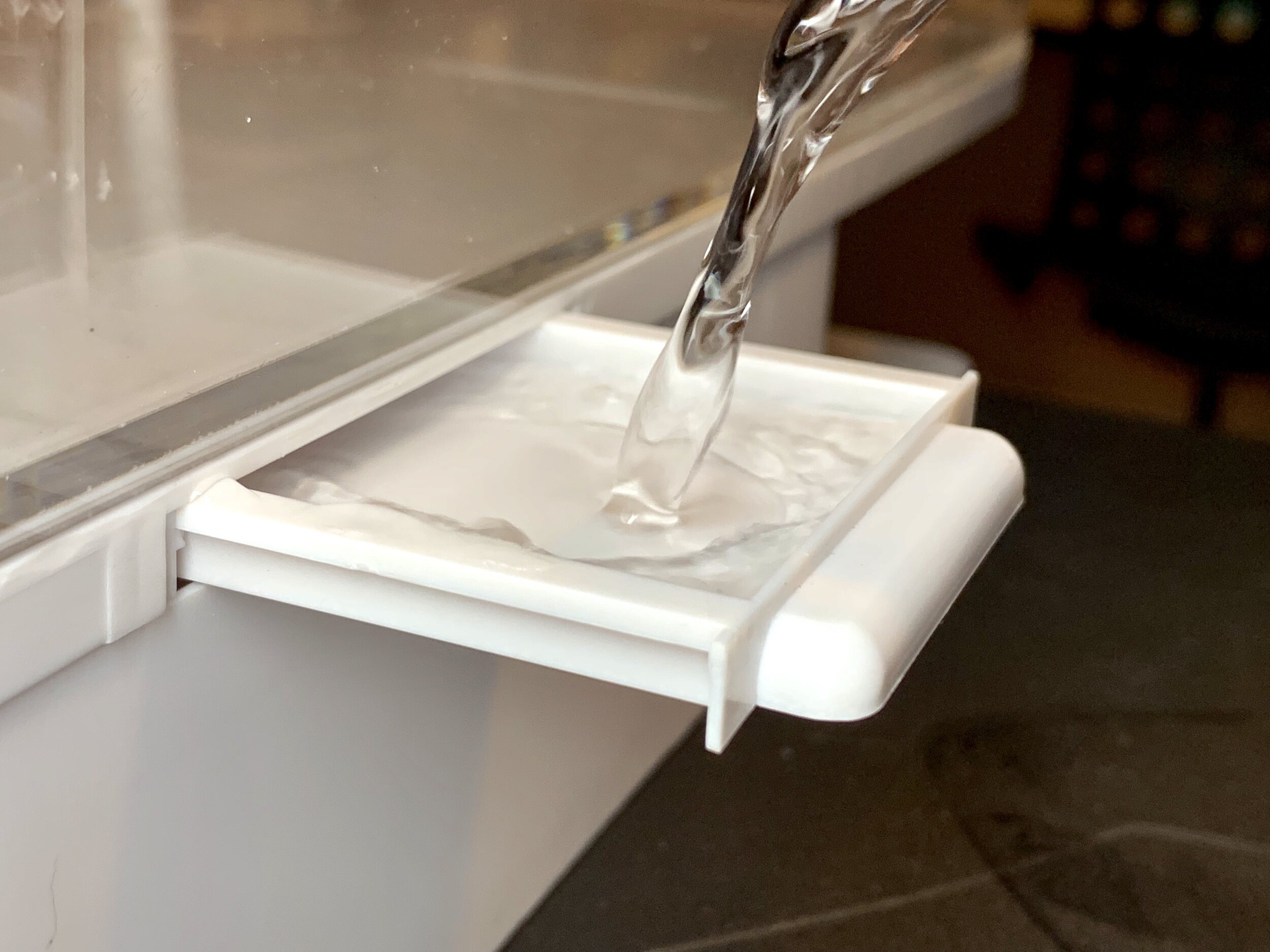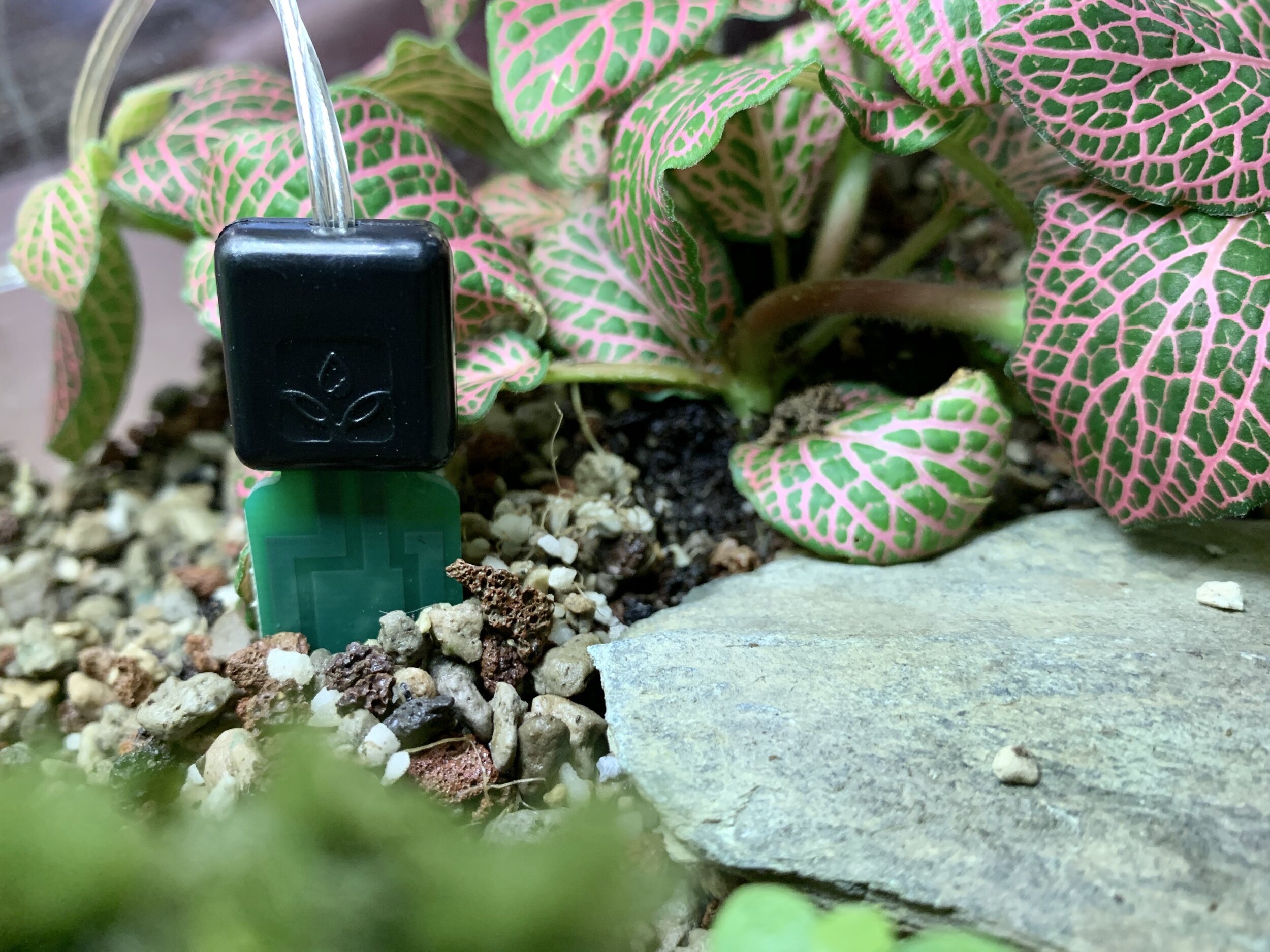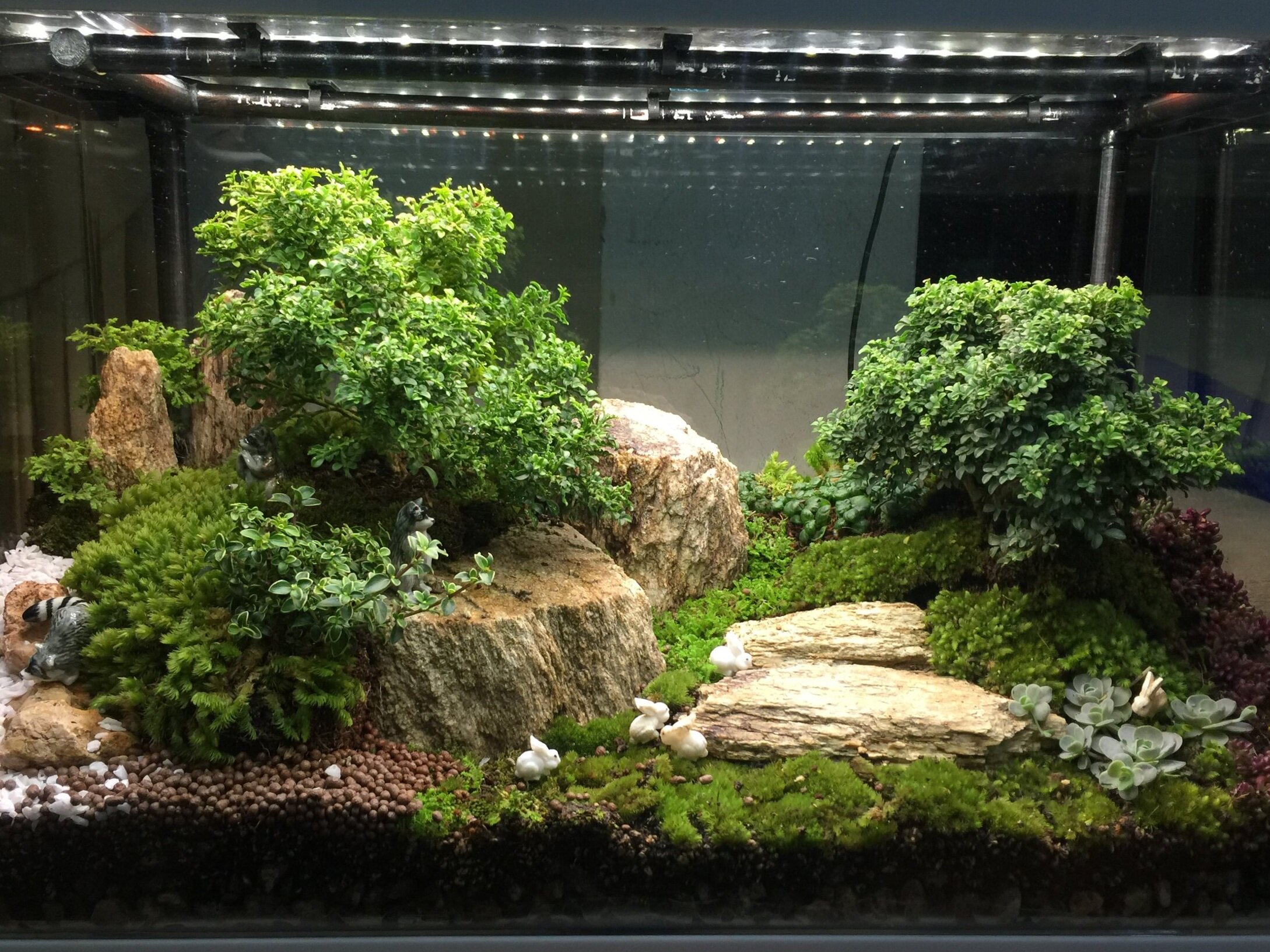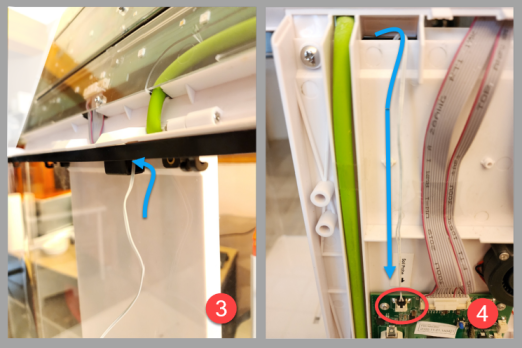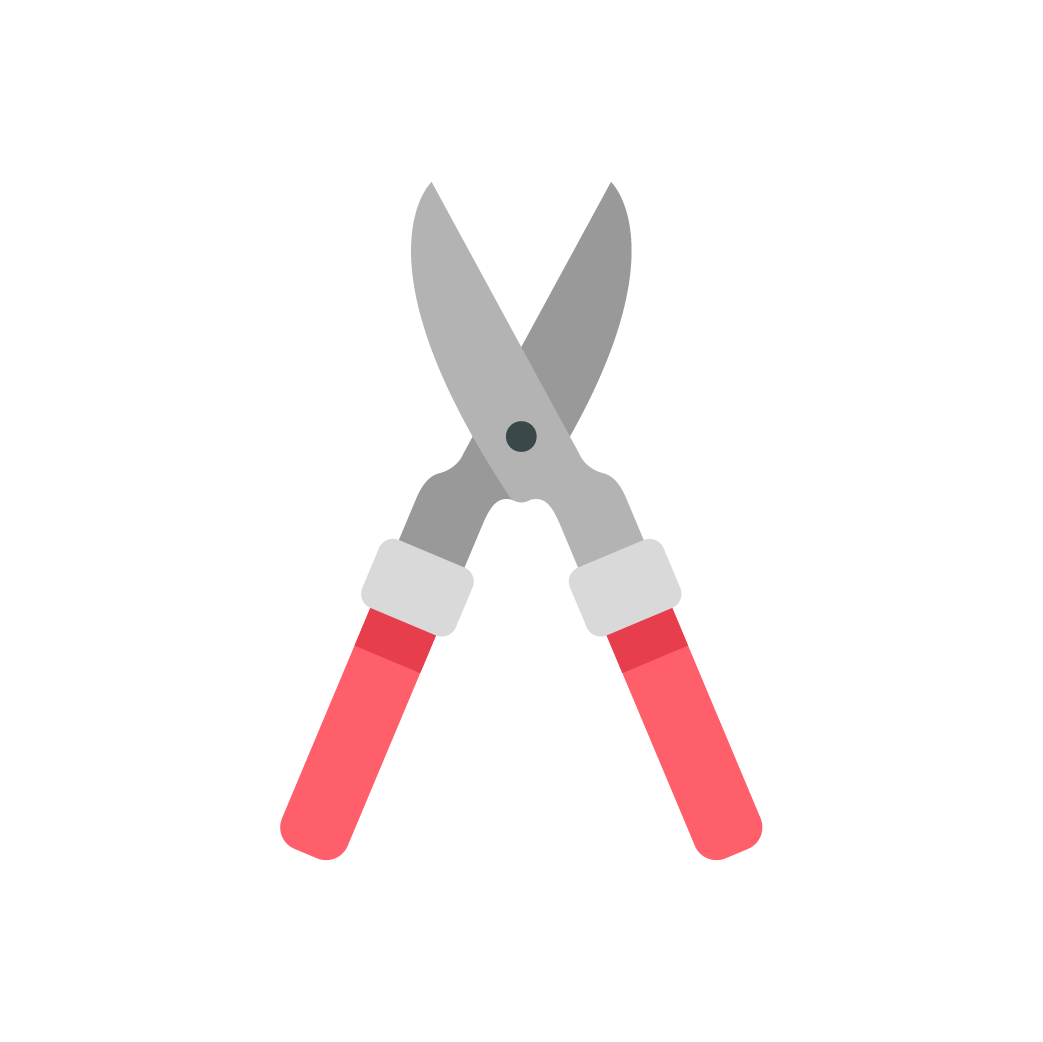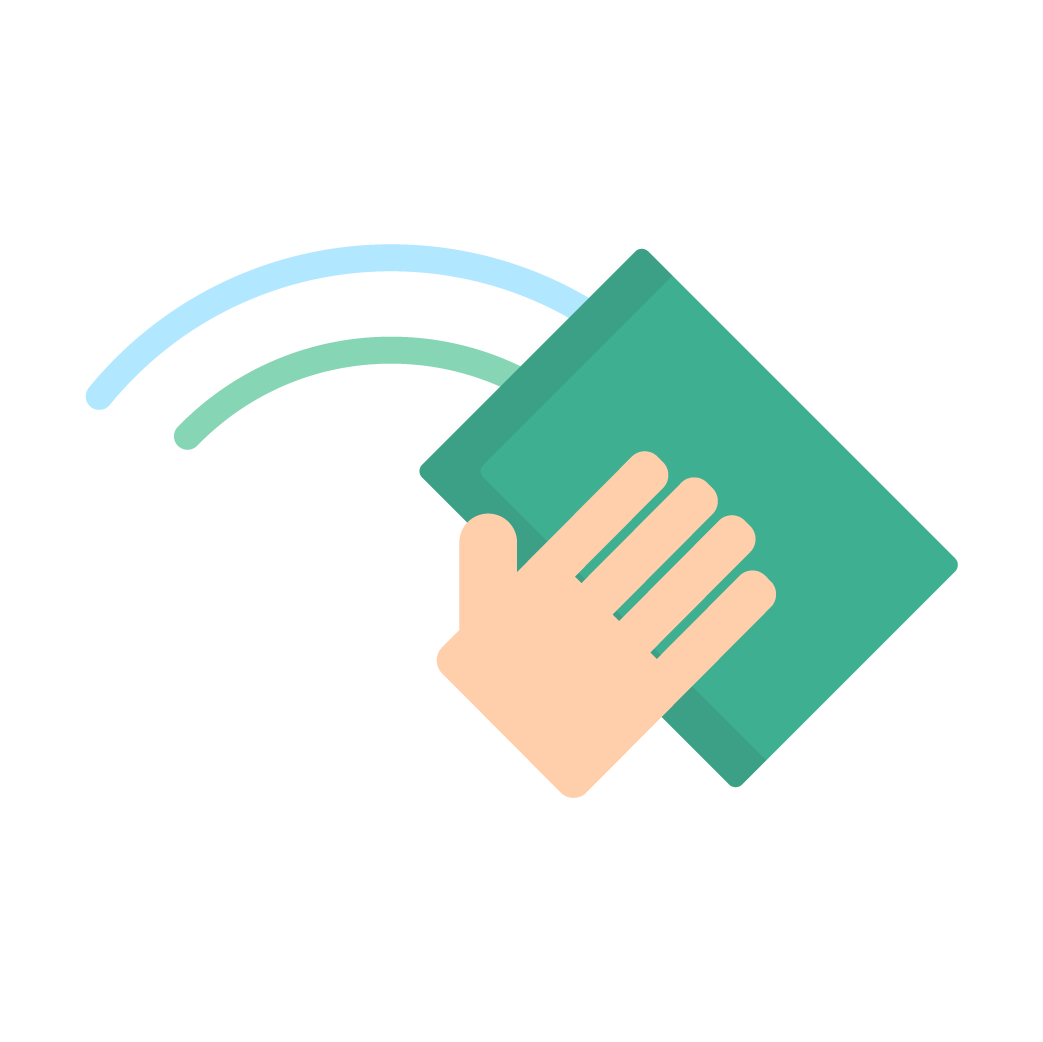
Getting Started with the SmartTerra
To ensure that you have the best experience with your SmartTerra, please pay attention to the information below, as well as the App Guide.
If you run into any issues, please visit our Troubleshooting Guide.
About SmartTerra
Terrariums are a unique miniature bio-sphere that will instantly add new life and interest to any area of your home or office. However, for those without a green thumb, terrariums can be quite hard to maintain; common mistakes include over-watering, too much light, or too little light. Here’s where the SmartTerra comes in!
The SmartTerra is the world’s first autonomous terrarium. By monitoring the vital conditions of your plants, the SmartTerra keeps your plants thriving. Maintaining a terrarium has never been easier! Furthermore, your plants’ growing conditions are right at your fingertips.
Additionally, there are many benefits to having a SmartTerra in your living space, such as reducing stress, increasing your productivity, improving air quality, and more! Read more about that HERE.
Step 1 — Learn
Basics of Plant Growth
The SmartTerra aims to mimic your plants’ natural environment as closely as possible. Specifically, the SmartTerra automatically monitors Light Level, Temperature, Air Humidity, and Soil Moisture. The combined settings of these four factors make up the SmartTerra’s environment.
Light Level
Light is essential for all plants as it is required for photosynthesis. However, some plants require more light than others. Through the app, you have full control of the light cycle inside the SmartTerra, including sunrise and sunset times.
Temperature
Most plants grow comfortably at room temperature 20 - 25 °C (68 - 77 °F). In general, they are rather resilient to temperature changes, and a temperature too high is better than one too low. Furthermore, temperature drops up to 15°C (59°F) during the night is normal. However, if your house reaches colder temperatures below 12°C (54°F), especially during the winter months, we recommend moving the unit to a room with a warmer and more comfortable temperature.
Air Humidity
Humidity (Relative Humidity) determines the rate of transpiration, the process at which moisture is carried through plants from roots to leaves. It also affects temperature regulation and nutrient flow. The ideal humidity level varies for different species, ranging from 50% to 80%. Desert plants generally are able to tolerate lower humidity levels, while tropical plants prefer more humid environments. By regulating rainfall and air circulation, the SmartTerra is able to moderately control the humidity inside the system. However, it may struggle in very dry atmospheres, especially during the winter months; if the humidity level drops below 40%, consider placing the SmartTerra near a humidifier.
Soil Moisture
By monitoring the soil moisture, the SmartTerra knows when your plants should be watered. It is important to keep the soil at an appropriate moisture level, not too dry, but not saturated as this can suffocate the roots.
How Does the SmartTerra Work?
By employing sensors and controlling the light and rain cycles, the SmartTerra can maintain the light, temperature, humidity, and moisture levels.
High CRI Lighting System
High Color Rendering Index LEDs act as a substitute for sunlight, simulate sunrise, sunset, and lightning, and illuminate the nighttime with various mood lighting modes.
Air Circulation & Ventilation
Automatic airflow regulation prevents stagnant air, while also helping to remove excess humidity.
Water Recirculation
SmartTerra mimics the natural rain cycle: water is pumped from the reservoir to the top, rained down and filtered through the roots and soil, before returning to the reservoir.
How to Assemble & Disassemble the SmartTerra
You may have to assemble/disassemble the SmartTerra for various reasons such as a clean up.
Step 2 — Plan
Picking an Environment
The very first step in having a terrarium is deciding what to put in it! This is a rough guide for picking plants to put in your terrarium; it is by no means a comprehensive list, but a starting point for your creative progression!
There are many varieties of plants that you can grow in your terrarium. And the SmartTerra allows for even more flexibility, thanks to the adjustable climate control settings. However, because different plants favor different environments, be sure to pick plants with similar growing requirements.
If you are new to plants, we suggest picking one of our Themed Environments: Tropical Rainforest or Desert.
Themed Environments
Learn more about the Tropical Forest and Desert Biomes.
Designing Your Terrarium
Design Tips
Design from Large to Small Scale: First, imagine the overall look of your terrarium. Will it be a certain style, or follow a theme? Then, think about the landscape and large decorative elements such as rocks and logs. Picture what the contour would look like and where your plants would go. Finally, consider where to put smaller decorative elements such as figurines.
Think about Color: Incorporating different colors into your terrarium with various plants and decorations can really make your design pop! You can also follow a certain color theme.
Think about Balance: Picture how your large and small elements fit together inside the SmartTerra — are they well balanced?
Follow a Theme: You may want to follow a certain theme while you design your landscape and pick your plants/decorations. Some examples of themes include “Fairy Garden” and “Desert Island.”
Put Larger Elements in the Back: Place large plants/decorations towards the back of the tank, and smaller ones towards the front. This prevents view obstruction. Also, when planning which plants to buy, research their directional growth pattern: Is it a carpet plant that spreads close to the soil, or does it tend to grow vertically.
Consider Adding a Moss Layer: A moss layer can add life to your terrarium floor. We recommend first lining the soil with sphagnum moss, before adding live moss. Sphagnum moss increases the soil’s capacity to hold water and nutrients.
Get Creative!: Look around you for inspiration; the internet is a great resource. Also, check out our “Design Inspiration” section to see how others have designed their SmartTerras.
Obtaining Plants & Materials
Plants
If you are new to plants, we recommend that you first try to find a local store that sells terrarium plants. This way, you can get growing advice in person from an expert, who will also be able to answer any questions you may have in the future.
However, if you are unable to find a store nearby, you can order your plants online!
If you live in the US, here is a list of Online Plant Retailers that we recommend:
Too lazy to pick your plants? Want something that would work for sure? We’ve picked for you!:
Step 3 — Set Up
If you run into any other issues during unboxing, please visit our Troubleshooting Guide.
Placement
Where you place the SmartTerra is very important. Most plants grow comfortably at room temperature. Avoid placing the SmartTerra in areas where there may be sudden temperature changes, prolonged periods of cold, or drafts of wind. In addition, do not place the SmartTerra under direct sunlight.
Make sure to place the SmartTerra on a steady and level surface. This will prevent the water from spilling and ensure that the pump can perform at its best. Leave enough space between the wall and the back of the unit. Ideally, there should be at least 6 inches of space. This is to prevent the unintentional jamming of the drain pipe that may cause leakage.
Do not lift or move the unit when it contains water.
Avoid placing the SmartTerra near:
Doors
Windows
Air Conditioners
Heaters
Powering Up & Connecting to the App
Unpack the SmartTerra and place it on a steady and level surface.
Connect the SmartTerra to an outlet using the provided power cable.
Head over to the SmartTerra App Guide to learn basics about the app, and get your SmartTerra set up.
In the app, go to Settings > Advanced Settings > SYNC DATE AND TIME.
Step 4 — Scape
Once you have your plants, you’re ready to give them a new home! You can remove the tank from the unit to make the container easier to access.
1. Growth Media
First, rinse the growth media with the provided rinsing bag to remove dust and filter out small particles; rinse until the water is clear. Then, pour the media into the tank, being careful not to scratch the windows. Form the landscape as you like. How to Rinse >>
2. Plants
Make a hole approximately the size of your plant’s pot, a little deeper than the height of the pot. Then, place your plant inside along with the soil that came with it, and cover up the top with growth media.
3. Decorations
Place any decorations you have inside the tank.
4. Water
Keeping an eye on the water level indicator, pull out the water tray and slowly add water at room temperature to the tray. Avoid adding cold water as this can shock your plants.
Make it rain and wait for the soil to saturate. Fill up the tank once again.
5. Soil Moisture Sensor
Install the Soil Moisture Sensor and calibrate it (see below). Then, set it all the way into the soil.
6. Sit Back & Enjoy!
Installing the Soil Moisture Sensor
The Soil Moisture sensor should be already connected to your unit when it arrives. However, if it is not, here is how you install it.
Make sure that the unit is turned off
Open the back-spine cover (fig.1 & 2)
From the inside of the unit, push the soil probe through the opening starting from the connector (fig 3)
From the back of the spine, you should see the connector come through from the front. (fig 4)
Locate the soil probe port and click it into place. (fig 4)
Open back-spine cover and top cover
Push the soil probe wire through the opening.
Soil Moisture Sensor Calibration
DO NOT SKIP THIS STEP
Measuring soil moisture is not an exact science. You may need to do some trial-testings to get it right. To make the process easy for you, we have provided several tips below:
The value read by the soil probe takes time to settle down: up to 30 seconds. Therefore, every time you reposition the soil probe, such as between calibration steps, give some time for the value to settle.
If you want a high-humidity climate, you should place the sensor in a dryer location: near the tank walls and where it is more rocky.
If you want a low-humidity climate, you should place the sensor in a wetter location: towards the center and where there dirt that retains water well.
Calibration Steps:
Go to Settings > Soil Probe Calibration
Take the probe out of the unit and wipe it dry
Wait 15 secs before Pressing "Next"
Take the probe out of the unit and dip in the wettest part of the soil or dip it in a glass of water
Wait 15 secs before Pressing "Next"
You’re done! To test whether the calibration worked
Try simulating the wet soil condition by sticking the probe in a glass of room-temperature water.
Try simulating the dry soil condition by wiping the probe dry and leaving it in the open air.
IMPORTANT: Preventing Damage to the Top-Lid’s Electronics
We have had cases where users accidentally damaged the top lid’s electronics while working on soil probe and SmartTerra is on.
Before opening the top lid, be sure that it’s not raining inside the unit
Always turn off the unit before moving or removing the soil probe sensor. (this could trigger rains while the top lid is open)
How to set up and configure the SmartTerra unit
Step 5 — Maintain
The SmartTerra was designed to be as low maintenance as possible. However, there are still a few things you have to do:
Water
Once reminded by the app that the water is low, you will need to add water to the tank at the bottom of the unit.
Prune
Prune (snip off) overgrown or rotting parts of your plants.
Cleaning the Windows
Wipe down the windows to keep it clear. For best results, use a microfiber cloth. Use mild soap to get rid of stains, and avoid using alcohol as it may damage the coating on the windows. Also, be careful not to scratch the tank with the soil/rocks.
Add Fertilizer
Once in a while, the app will remind you that it is time to add fertilizer. You can add fertilizer directly on the plants or through the water tray.
Things to be cautious about:
Be careful not to jam in the drain plug. Place the unit a few inches away from the wall to prevent accidents. Be careful when removing/replacing the rubber.
Do not push in at the water level display window. Be extra careful when grabbing on and moving the unit.
The temperature/humidity sensor is located at the center of the lid. Before you open the lid, gently tap the lid to prevent water droplets getting onto the sensor. Be cautious when opening the lid right after the unit rains.
Avoid using alcohol when cleaning the tank as it may damage the coating on the windows. The photo above shows what happens when acrylic is exposed to alcohol.
Some soils are very abrasive and can scratch the water-proof coating of the soil probe. To prolong the life of the probe, try not to reposition it too often.

